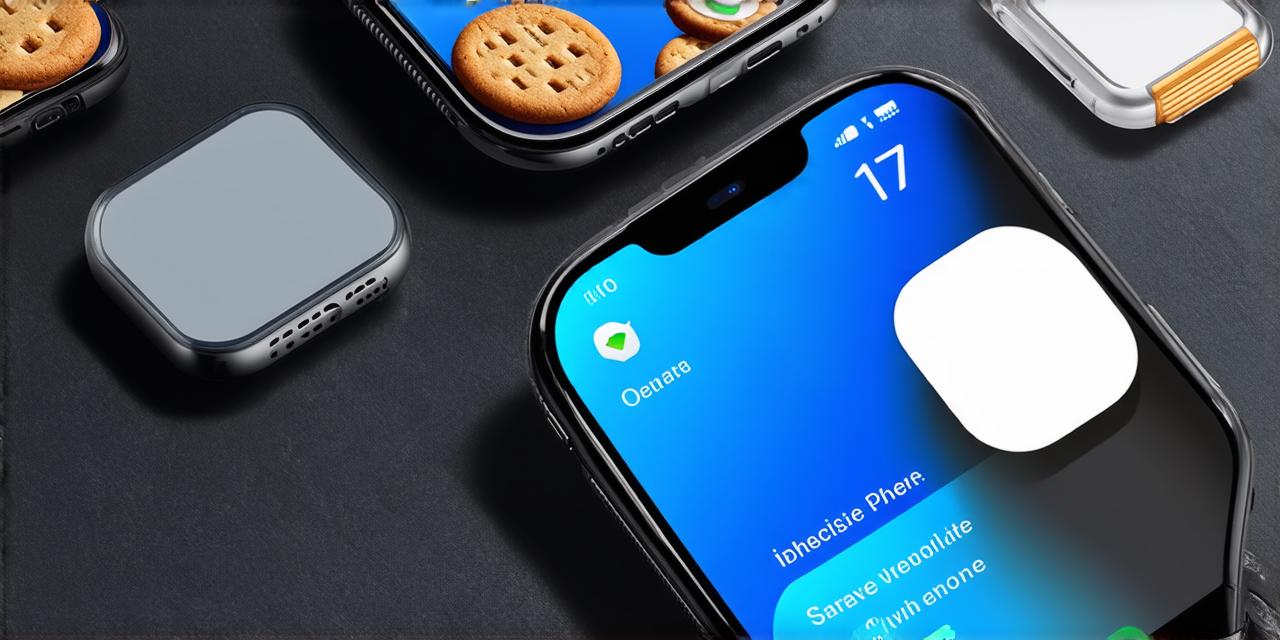Cookies are small files that store data about your device and browsing habits, allowing websites to personalize their content for you. As an iOS developer, it is important to understand how cookies work and how to activate them on your iPhone, especially when developing mobile applications that require user authentication or personalized experiences. In this article, we will guide you through the steps of activating cookies on an iPhone with iOS 17.
What are Cookies?
Cookies are small text files that are stored on a device by a website. They contain information about the user’s browsing habits and preferences, such as login credentials, search history, and site settings. When a user visits the same website again, the cookie allows the website to retrieve this information, enabling it to provide personalized content or functionality.
Why do Cookies Matter for iOS Developers?
Cookies are essential for many mobile applications that require user authentication or personalized experiences. For example, social media apps use cookies to store login credentials and track user behavior, allowing them to display personalized content and advertisements. E-commerce websites use cookies to store shopping cart data and track browsing history, enabling users to pick up where they left off and complete their purchases.
Step 1: Check if Cookies are Enabled
Before activating cookies, it is important to check if they are already enabled on your iPhone. To do this, go to the Settings app and tap on Privacy & Security. Scroll down and tap on Tracking & Data Mining. Here, you will see a toggle switch for tracking data from websites and apps. Make sure that this switch is toggled to “Allow” and that it is not grayed out.
Step 2: Install a Cookies Manager
To activate cookies on your iPhone, you need to install a cookies manager app. There are many apps available in the App Store, such as 1Password, DuckDuckGo Privacy Browser, and Private Browsing. These apps allow you to manage your cookies and control which websites can access them.
Step 3: Enable Cookies on the Website
To activate cookies on a website, you need to enable them in the website’s settings or preferences. This is usually done by adding a script to the website’s HTML code that sets a cookie with a specific name and value. For example, the following code sets a cookie named “my_cookie” with the value “123”:
javascript
document.cookie “my_cookie123”;
To activate this cookie on your iPhone, you need to visit the website and ensure that the script is executed. This may require refreshing the page or restarting the website’s session.
Step 4: Test Your Application
Once you have enabled cookies on a website, you can test your application to ensure that it works as expected. You can use tools such as Xcode’s Debugger to inspect the cookies and their values, or you can use a browser extension like Cookies Manager to view and modify the cookies manually.
Common Issues with Cookies on iOS Devices
Despite the widespread use of cookies on the web, there are still some common issues that users face when it comes to cookies on iOS devices. Here are a few examples:
Issue 1: Cookies not being set or overwritten
One common issue is that cookies may not be set or overwritten correctly, resulting in incorrect data or functionality in your application. This can happen if the script that sets the cookie is not executed properly or if there are conflicting scripts that set different values for the same cookie. To avoid this issue, make sure to test your code thoroughly and ensure that cookies are being set correctly.
Issue 2: Cookies being accessed by unintended apps
Another common issue is that cookies may be accessed by unintended apps or websites, resulting in privacy concerns or security vulnerabilities.

